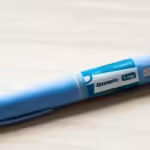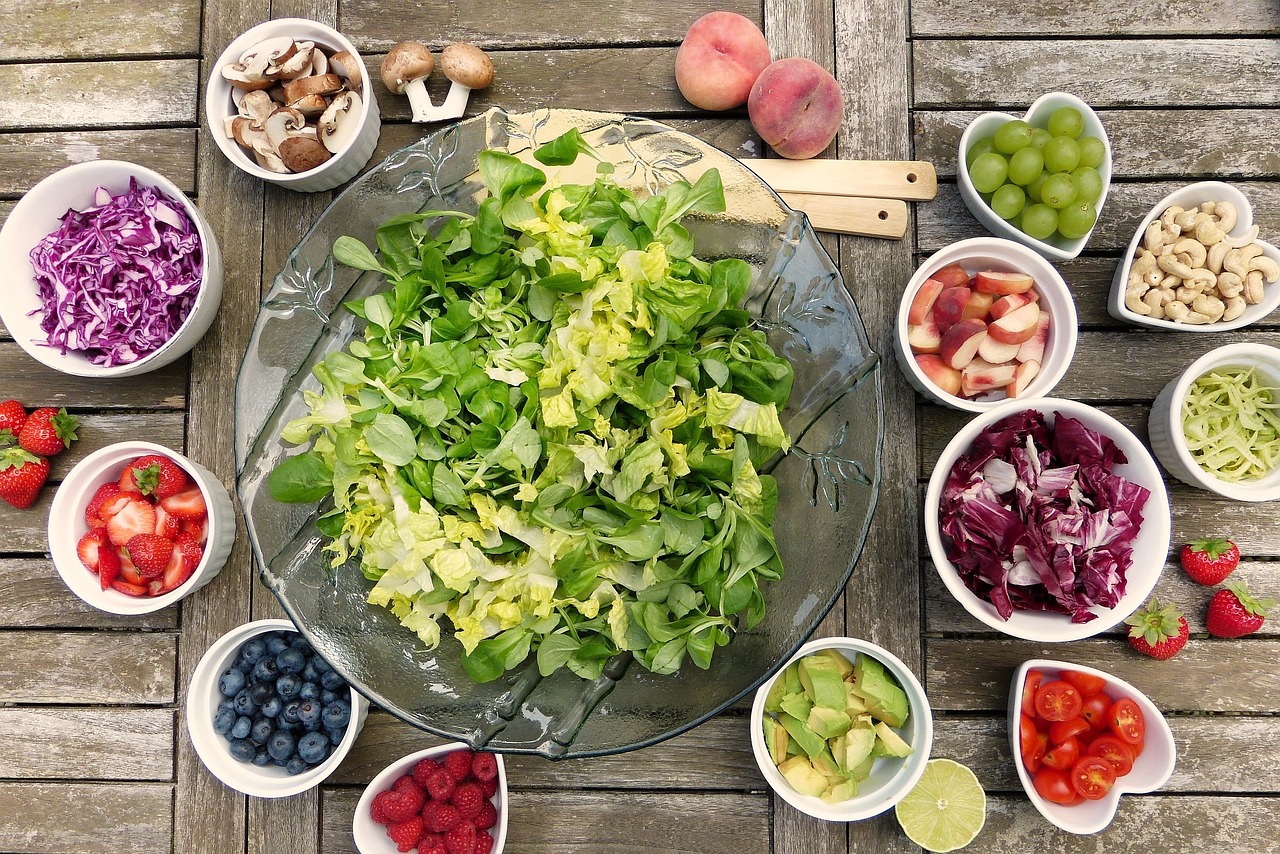The Importance of a Soft Food Diet After Tooth Extraction
Undergoing a tooth extraction is a common dental procedure, but it’s crucial to take proper care during the recovery process to ensure optimal healing. One of the most essential aspects of post-extraction care is adhering to a soft food diet. Eating solid, crunchy, or chewy foods too soon after the procedure can have severe consequences, such as dislodging the blood clot that forms at the extraction site, reopening the wound, and potentially leading to a painful condition known as dry socket.
By sticking to a soft food diet, you not only minimize the risk of complications but also provide your body with the necessary nutrients to support the healing process. During recovery, your body requires an influx of vitamins, minerals, and other essential nutrients to repair the damaged tissues and promote the growth of new, healthy cells.
Consuming soft, easy-to-chew foods ensures that you don’t exert excessive pressure or strain on the extraction site, allowing it to heal undisturbed. This not only reduces discomfort but also accelerates the recovery timeline, enabling you to return to your regular diet sooner.
“A soft food diet is essential after a tooth extraction to prevent complications and support proper healing. It’s a crucial step in ensuring a smooth and successful recovery.” – Dr. Sarah Johnson, DDS
What to Look for in Soft Foods
When selecting soft foods to incorporate into your post-extraction diet, there are a few key factors to consider:
- Texture: The ideal soft foods should be smooth, tender, and easy to chew or swallow without exerting excessive pressure on the extraction site. Avoid anything crunchy, chewy, or overly fibrous, as these can potentially disrupt the healing process.
- Temperature: Extremes in temperature, whether too hot or too cold, can cause discomfort or irritation to the sensitive extraction site. Opt for foods that are served at a mild, lukewarm temperature to avoid any unnecessary pain or swelling.
- Nutrient-dense options: While softness is the primary concern, it’s also essential to prioritize nutrient-dense foods that provide your body with the vitamins, minerals, and other essential nutrients necessary for optimal healing. Seek out options that are rich in protein, vitamins C and K, zinc, and other vital nutrients.
By keeping these factors in mind, you can create a soft food diet that not only allows for a comfortable eating experience but also supports your body’s natural healing processes.
50 Soft Food Ideas to Enjoy After Tooth Extraction
Maintaining a balanced and nutritious diet during your recovery can be a challenge, but with a little creativity, you can enjoy a wide variety of delicious and satisfying soft foods. Here are 50 soft food ideas to consider after your tooth extraction:
Soups and Broths
Soups and broths are an excellent choice for those recovering from a tooth extraction, as they are easy to consume and can be packed with essential nutrients.
- Creamy soups (tomato, potato, broccoli, mushroom, etc.)
- Broth-based soups (chicken noodle, vegetable, minestrone, etc.)
- Pureed soups (lentil, pumpkin, butternut squash, etc.)
- Bone broths (chicken, beef, or vegetable)
Tip: To boost the nutrient content of your soups, consider adding soft ingredients like cooked vegetables, protein sources (ground meat, tofu, or beans), or nutrient-rich grains like quinoa or barley.
Smoothies and Shakes
Smoothies and shakes are not only delicious but also incredibly versatile, allowing you to pack in a wide range of nutrients in a single serving.
- Fruit smoothies (banana, berry, mango, pineapple, etc.)
- Vegetable smoothies (spinach, kale, carrot, beet, etc.)
- Protein shakes (with protein powder, nut butter, or Greek yogurt)
- Nutrition drinks (like Ensure or Boost)
Tip: Avoid using a straw for the first few days after your extraction, as the sucking motion can dislodge the blood clot. Instead, use a spoon or sip directly from the glass.

Soft Fruits and Vegetables
Incorporating soft fruits and vegetables into your diet can provide essential vitamins, minerals, and fiber to support your body’s healing process.
- Bananas
- Avocados
- Mangoes
- Papayas
- Ripe peaches or plums
- Applesauce (unsweetened)
- Mashed potatoes
- Sweet potatoes
- Pumpkin
- Steamed or cooked vegetables (carrots, broccoli, spinach, etc.)
Tip: For added flavor and nutrition, consider pureeing or mashing cooked vegetables with a bit of broth, milk, or a creamy sauce.
Dairy Products
Dairy products are an excellent source of protein, calcium, and other essential nutrients that can aid in the healing process.
- Yogurt (Greek or regular, plain or flavored)
- Puddings
- Custards
- Soft cheeses (cottage cheese, ricotta, cream cheese, etc.)
- Ice cream
- Sherbets
- Milkshakes (without a straw)
Tip: If you’re lactose intolerant or following a vegan diet, consider non-dairy alternatives like coconut or almond-based yogurts and ice creams.
Grains and Starches
Soft grains and starches can provide a comforting and filling base for your meals while also offering essential carbohydrates for energy.
- Oatmeal
- Cream of wheat
- Grits
- Soft bread (soaked in broth or milk)
- Pasta (cooked until very soft)
- Rice (white or brown, cooked until soft)
- Quinoa (cooked until soft)
Tip: For added flavor and nutrition, consider mixing cooked grains or starches with pureed vegetables, soft cheeses, or broths.
Proteins
Adequate protein intake is essential for proper healing and tissue repair, so be sure to include soft protein sources in your diet.
- Scrambled eggs or omelets (cooked until very soft)
- Soft fish (tuna, salmon, or cod)
- Ground meats (meatballs, meatloaf, or patties)
- Tofu
- Hummus
- Nut butters (almond, peanut, or cashew)
Tip: To make meats or fish even softer, consider slow-cooking them until they are tender enough to easily break apart with a fork.
Tips for Preparing Soft Foods
While the options for soft foods are plentiful, preparing them in a way that ensures they are easy to eat and digest is key. Here are some tips for preparing soft foods during your recovery:
- Blending and pureeing: Invest in a high-quality blender or food processor to puree soups, vegetables, fruits, and even cooked meats or grains into a smooth, easily consumable consistency.
- Adding liquids: Softening foods by adding liquids like broth, milk, or water can make them more manageable to eat. For example, soaking bread in milk or broth can turn it into a soft and nourishing meal.
- Slow-cooking: Slow-cooking meats, vegetables, and grains can break down their fibers, making them incredibly tender and easy to chew or swallow.
- Avoiding crunchy or chewy textures: Be mindful of ingredients that can add unwanted crunchiness or chewiness to your soft foods, such as nuts, seeds, or tough vegetable skins.
By following these simple tips, you can transform even the most seemingly challenging ingredients into soft, nourishing, and easily digestible meals during your recovery period.
Foods to Avoid After Tooth Extraction
While focusing on soft foods is essential, it’s equally important to be aware of the types of foods to avoid during your recovery period. Here are some foods that can potentially hinder the healing process or cause discomfort:
- Crunchy, hard, or chewy foods: Anything that requires excessive chewing or biting should be avoided, such as nuts, raw vegetables, hard candies, tough meats, or chewy breads.
- Acidic foods: Foods with high acidity, like citrus fruits, tomatoes, and certain juices, can sting or irritate the extraction site.
- Spicy or heavily seasoned foods: Intense flavors and spices can be irritating to the sensitive area around the extraction site, potentially causing discomfort or inflammation.
- Foods that require a straw: Using a straw can create suction, which can dislodge the blood clot and lead to a painful condition called dry socket.
- Alcoholic and caffeinated beverages: Both alcohol and caffeine can potentially impede the healing process and should be avoided during the initial recovery period.
By steering clear of these types of foods and beverages, you can ensure a smoother and more comfortable recovery experience while allowing your body to focus its energy on healing.
Staying Hydrated During Recovery
Proper hydration is crucial for supporting the healing process and ensuring that your body has the fluids it needs to repair tissues and transport nutrients effectively. During your recovery period, it’s essential to prioritize drinking fluids regularly.
Some suitable beverage options include:
- Water: Plain, cool water is always a great choice for hydration.
- Fruit juices: Look for juices that are not too acidic, such as apple, grape, or pear juice.
- Milk: Milk provides essential nutrients like calcium, protein, and vitamins that can aid in recovery.
- Herbal teas: Warm herbal teas can be soothing and provide additional hydration.
- Broths: Chicken, beef, or vegetable broths can be comforting and provide essential minerals.
Tip: Avoid using a straw for the first few days after your extraction, as the sucking motion can dislodge the blood clot and potentially lead to complications.

Transitioning Back to a Regular Diet
As your extraction site heals and the discomfort subsides, you can gradually begin to reintroduce solid foods into your diet. However, it’s essential to do so gradually and with caution to prevent any setbacks in the healing process.
Here are some tips for transitioning back to a regular diet:
- Follow your dentist’s recommendations: Your dentist will provide specific guidance on when it’s safe to start incorporating solid foods based on your individual healing progress.
- Start with soft solids: Begin by introducing soft, easily chewable foods like cooked vegetables, soft breads, or ground meats. Gradually work your way up to firmer textures as tolerated.
- Chew on the opposite side: When first introducing solid foods, chew on the side of your mouth opposite the extraction site to avoid putting unnecessary pressure on the healing area.
- Pay attention to discomfort: If you experience pain, swelling, or bleeding while eating solid foods, revert to a soft food diet and consult with your dentist.
- Be patient: The healing process can take several weeks, and everyone’s recovery timeline is different. Listen to your body and don’t rush the transition back to a regular diet.
By following these guidelines and the advice of your dental professional, you can ensure a smooth and successful transition back to your usual dietary habits while minimizing the risk of complications or setbacks.
Conclusion
Adhering to a soft food diet after a tooth extraction is essential for promoting proper healing and preventing complications. By incorporating a variety of nutrient-dense, soft foods into your diet, you can ensure that your body receives the necessary support it needs to recover quickly and effectively.
Remember, the key is to prioritize foods that are easy to chew and swallow, while avoiding anything too crunchy, chewy, or abrasive. With the wide range of options outlined in this guide, from soups and smoothies to soft fruits, vegetables, and proteins, you can create delicious and satisfying meals that nourish your body without compromising your healing process.
Throughout your recovery, stay hydrated, follow your dentist’s recommendations, and be patient with the transition back to a regular diet. By taking the necessary precautions and listening to your body’s needs, you can optimize your healing and get back to enjoying all your favorite foods in no time.
So, sink your teeth into these soft and nutritious options, and embrace the journey to a full and speedy recovery!










